CT and Cooling (Part II)
In the previous article, we delved into the refrigeration requirements of CT tubes and analyzed the potential impact of poor heat dissipation on CT scanning performance. We emphasized the importance of refrigeration for the CT tube to ensure the reliability and stability of the equipment. These discussions highlighted the crucial role of refrigeration technology in medical imaging systems, particularly in efficient heat dissipation, which is essential for high-performance imaging equipment.
With the rapid development of medical technology, the field of medical imaging faces both challenges and opportunities. New technological applications are emerging constantly, with photon-counting CT (PCCT) being one of them. PCCT, with its high sensitivity to low-dose radiation and more precise imaging of soft tissues, has attracted widespread attention since its introduction. This revolutionary imaging principle provides a fresh perspective for medical diagnosis but also poses higher demands on related technologies.
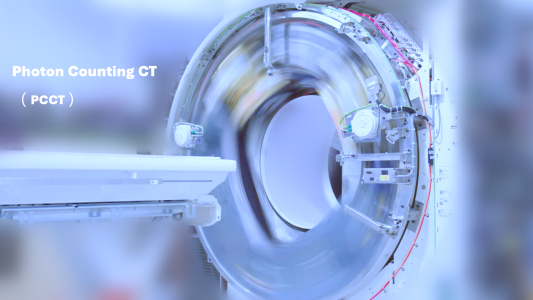
Compared to traditional CT technology, PCCT has made significant improvements in resolution and sensitivity. However, such progress comes with a cost. PCCT systems generate more heat during operation, necessitating more efficient cooling mechanisms to maintain stable operation of the equipment and ensure imaging quality and diagnostic accuracy.
In PCCT systems, the main heat-generating units typically include the X-ray tube and the detector. The X-ray tube generates X-rays for scanning, while the detector is responsible for receiving and converting X-ray signals into images. The efficient operation of these two units not only forms the basis for imaging quality but also serves as the source of the substantial heat generated by PCCT systems.
Why do detectors in PCCT generate more heat?
First, let's understand the detectors in PCCT:
Materials: Detectors in PCCT are typically made of semiconductor materials, such as silicon or cadmium telluride.
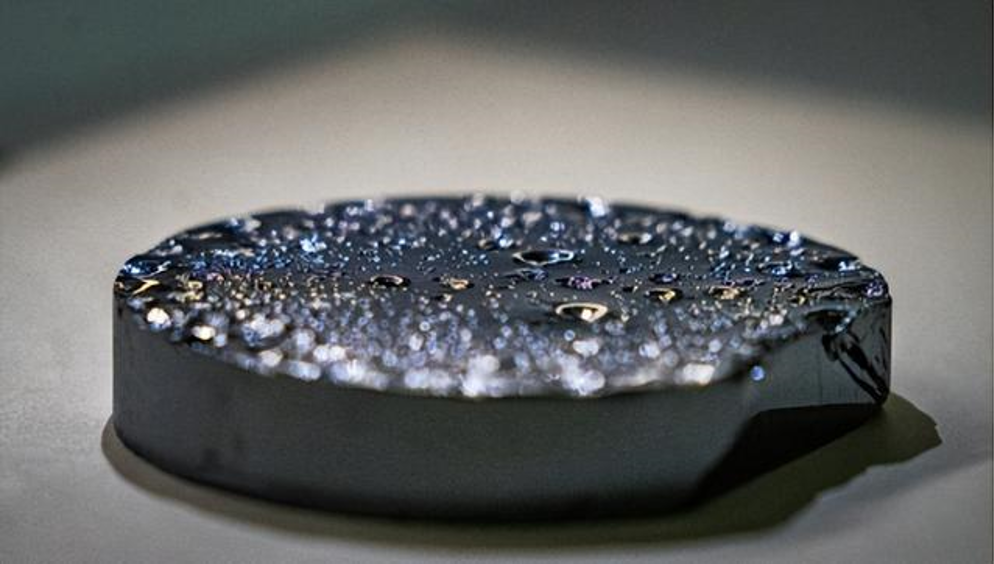
Working principle: They operate based on the absorption of X-rays by semiconductor materials and the generation of electron-hole pairs. When X-ray photons enter the detector, they interact with atoms in the semiconductor, causing electrons to transition from the valence band to the conduction band, forming electron-hole pairs. The electric field within the detector separates the electrons and holes, generating a measurement signal in the external circuit.
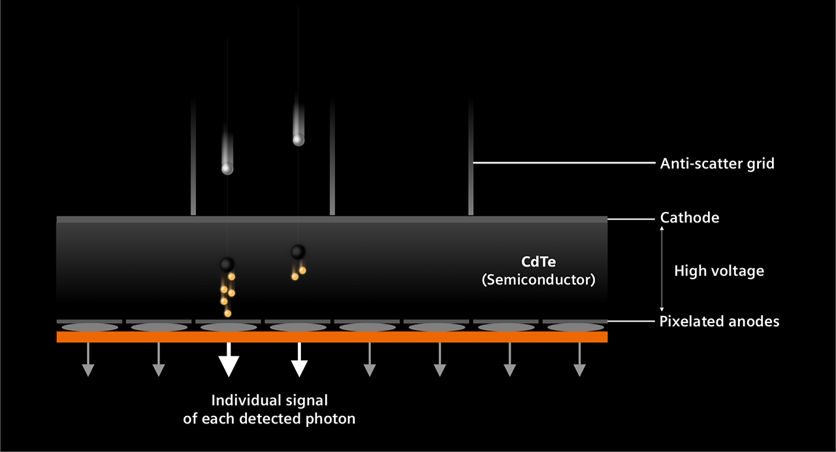
Technical characteristics: PCCT semiconductor detectors exhibit excellent energy resolution, counting modes, single-energy and multi-energy imaging capabilities, time resolution, and suitability for low-dose imaging.
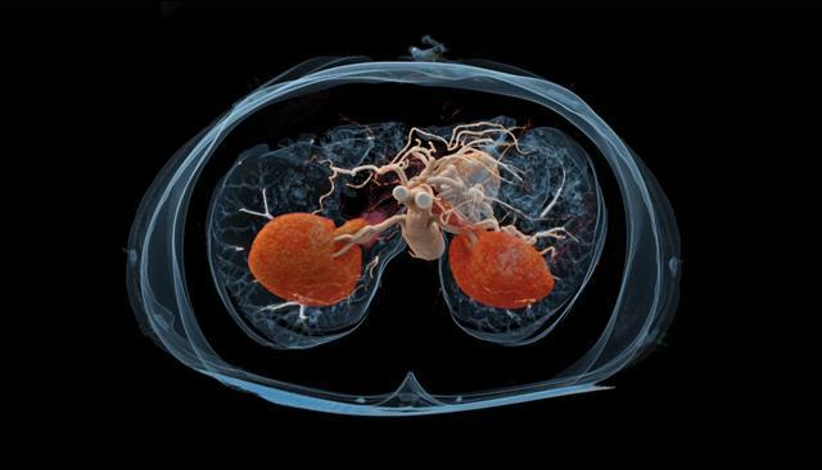
Despite the numerous technical advantages of photon-counting CT detectors, including improved spatial resolution and reduced radiation dose, their more complex design and functionality also result in increased heat generation.
1. Higher energy efficiency: Photon-counting detectors exhibit higher energy efficiency compared to traditional detectors because they can distinguish between photons of different energy levels. This discrimination process involves electronic circuits, which produce heat as a byproduct.
2. Increased electronic components: Photon-counting detectors require additional electronic components to process signals from individual photons. These electronic components, compared to traditional detectors (which may have simpler electronic structures), lead to more heat generation.
3. Higher photon flux: Since photon-counting detectors can detect single photons, they may experience higher photon flux. This increased photon flux leads to more heat generation within the detector material itself.
4. Optical filters: Photon-counting detectors typically utilize optical filters to improve performance, such as reducing noise or increasing sensitivity. These filters absorb some of the incoming photon energy, thus generating heat.
5. Signal processing: Photon-counting detectors often involve more complex signal processing algorithms to extract information from detected photons. This processing requires computational resources, thereby generating heat within the detector system.
While PCCT systems possess the special ability to mitigate scattered radiation, they still generate more heat.
PCCT systems have the capability to mitigate scattered radiation by applying higher currents to generate instantaneous high-dose X-rays, thereby enhancing image resolution and scan speed. However, this technological advantage does not imply that PCCT systems do not produce more heat. On the contrary, to achieve higher imaging performance, PCCT systems need to emit X-rays more frequently, increasing the workload of the X-ray tube and consequently generating more heat.
This additional heat primarily originates from the following technical requirements and design features:
1. High sensitivity and resolution requirements: PCCT systems are typically designed to detect low-dose X-rays more sensitively to obtain higher resolution and more accurate imaging. To achieve this goal, the X-ray tube needs to operate more frequently, resulting in more heat generation.
2. High-speed data acquisition: The data acquisition speed of PCCT systems is usually faster than that of traditional CT systems, meaning that the X-ray tube needs to emit X-rays at a higher frequency. The higher frequency results in the X-ray tube operating for longer periods, thereby generating more heat.
3. Energy resolution requirements: PCCT systems may have higher requirements for the energy resolution of X-rays. To meet this requirement, the X-ray tube may need to operate at higher energies, which typically results in more energy being converted into heat.
4. System integration and compact design: To achieve higher performance and smaller device size, PCCT systems may adopt more compact designs and more efficient integration. This may cause the X-ray tube to operate in a smaller space, making it difficult to dissipate heat effectively, leading to more concentrated and harder-to-dissipate heat generation.
Excessive heat can have various adverse effects on PCCT systems, including decreased image quality, reduced system stability, and shortened lifespan of photon counting components. Clearly, equipping PCCT systems with effective cooling systems is essential.
Typically, PCCT requires higher temperature control, making current air-cooling systems (such as fan-cooling systems) potentially unsuitable.
There are several reasons why traditional air-cooling systems may not be suitable for cooling PCCT detectors:
1. Increased heat dissipation requirements: Due to the more advanced electronic components and higher photon detection efficiency of PCCT detectors compared to traditional CT detectors, PCCT detectors typically generate more heat. Air cooling systems may not adequately dissipate this additional heat, leading to overheating of detector components and potential damage.
2. Unique size specifications: PCCT detectors have unique design requirements, such as higher spatial resolution and energy discrimination capabilities, resulting in size specifications that may differ from traditional CT detectors. Air cooling systems may be incompatible with the size and shape of PCCT detectors, thus ineffective in cooling them.
3. Introduction of noise and vibration: Air cooling systems typically involve fans or blowers, which may introduce noise and vibration into the imaging environment. In sensitive imaging applications like PCCT, these disturbances may interfere with image acquisition and degrade image quality.
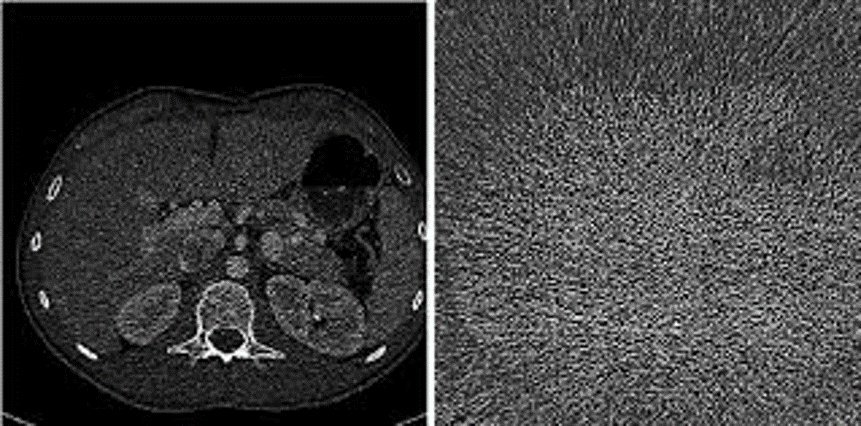
4. Higher temperature stability requirements: PCCT detectors require precise temperature control to maintain optimal performance and accuracy. Air cooling systems may not provide sufficient temperature stability, leading to fluctuations in detector performance and potential impact on image quality.
Due to the technical characteristics of PCCT, such as semiconductor detectors, as discussed in our previous conversation.
Temperature has a significant impact on the generation of noise, and PCCT requires internal temperature to be maintained within a specific range with greater stability.
1. PCCT technology typically requires a relatively narrow temperature range to achieve optimal performance and accuracy. Maintaining stable temperature is crucial for the normal operation of PCCT detectors because temperature fluctuations can affect the performance of electronic components and degrade image quality.
2. PCCT detectors typically contain semiconductor materials and advanced electronic circuits, which are sensitive to temperature changes. Temperature fluctuations can alter the electrical properties of these materials and introduce noise or drift into the detector signal, leading to artifacts and inaccuracies in reconstructed images.
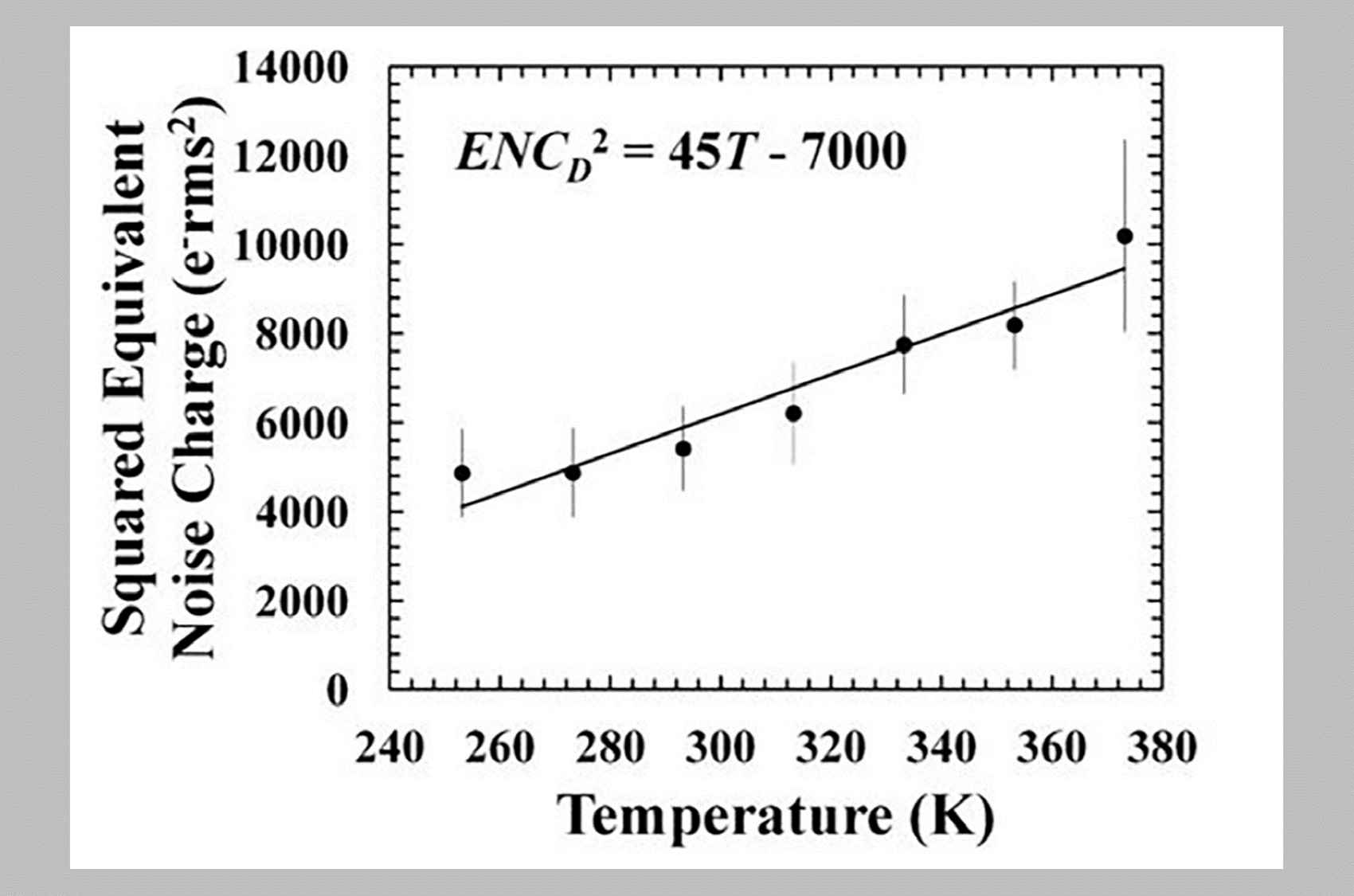
3. To ensure reliable operation and high-quality images, PCCT systems often employ temperature control mechanisms to maintain detectors within a narrow temperature range. This may involve active cooling or heating systems, such as liquid cooling or thermoelectric cooling, as well as temperature sensors and feedback control loops to regulate detector temperature.
4. By maintaining a stable temperature environment, PCCT systems can achieve consistent performance and accurate image reconstruction, resulting in high-quality diagnostic imaging with minimal artifacts and distortion.
What are the requirements for an ideal PCCT cooling solution?
An ideal PCCT cooling solution should not only consider compactness and heat dissipation efficiency but also ensure safety, long-term stability, energy efficiency, and ease of maintenance and service.
1. Compactness and design optimization: The cooling system must fit within the compact space of the PCCT system and should not affect the overall system design. Therefore, the cooling system needs to be carefully designed to ensure efficient cooling within limited space.
2. Heat management and thermal design: The cooling system needs to effectively manage the heat generated inside the PCCT system. This may involve utilizing heat sinks, fans, liquid cooling, etc., to effectively dissipate heat and maintain the system within its normal operating temperature range.
3. Safety of high-voltage and high-power equipment: There may be high-voltage and high-power equipment inside the PCCT system, and the cooling system must ensure the safe operation of these devices. This may involve implementing protective measures such as isolating cooling systems and electrical components and using reliable insulation materials.
4. Long-term stability and reliability: The cooling system must ensure that the PCCT system operates stably over the long term, unaffected by temperature changes or other environmental factors. Therefore, the design of the cooling system must be based on mature and reliable manufacturing processes, and it needs to undergo rigorous testing and validation to ensure its reliability over decades.
5. Energy efficiency and energy saving: An excellent cooling solution should minimize energy consumption as much as possible and improve energy efficiency. This may include using efficient cooling technologies, optimizing system control algorithms, and utilizing renewable energy sources.
6. Maintenance and serviceability: The cooling system must be easy to maintain and service to ensure the long-term reliability of the system. This may include a design that is easy to clean, detachable components, and a regular maintenance plan.
